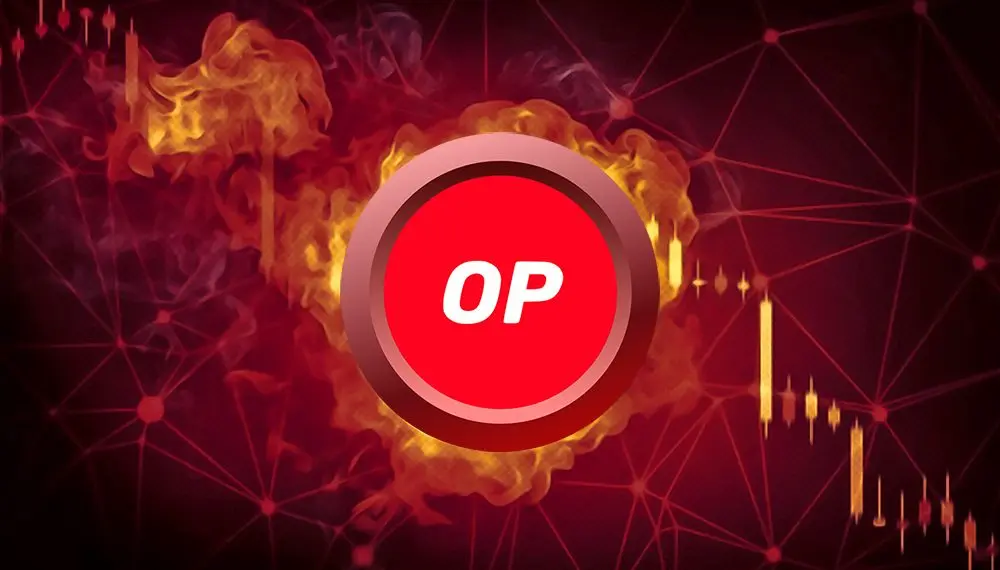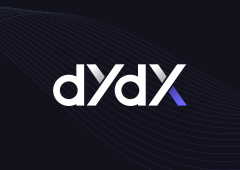Optimism Labs Announces Major Upgrade Plans
14.08.2024 22:00 1 min. read Alexander Stefanov
As Ethereum Layer 2 solutions multiply, fragmentation has become a significant challenge, affecting user experience and growth.
To address this, Optimism Labs is introducing a new initiative aimed at creating a unified multichain environment.
Their latest project, called the Superchain, seeks to streamline interactions across different Ethereum Layer 2 chains. Optimism Labs plans to implement a native interoperability layer within its OP Stack.
This layer will feature a messaging protocol for seamless communication between chains, a new SuperchainERC20 token standard for asset compatibility, and a shared proof system for enhanced security.
READ MORE:

dYdX Chain to Launch Major Upgrade This Fall
The company also intends to adopt open-source standards like ERC-7683 to facilitate easier asset transfers across various ecosystems. Optimism Labs projects that this interoperability layer will be live by 2025, after extensive testing on devnet and testnet platforms.
This move follows comments from Ethereum co-founder Vitalik Buterin on the progress being made to resolve interoperability issues. Other Ethereum scaling solutions, such as zkSync Era by Matter Labs and Polygon Labs’ ZK-powered interoperability, are also working on similar advancements to improve ecosystem integration and user experience.
-
1
Top 10 blockchains by transaction volume in June 2025
06.07.2025 16:00 2 min. read -
2
German State-Owned Development Bank Issues €100 Million Blockchain Bond
11.07.2025 7:00 2 min. read -
3
Tether Ends Support for Five Blockchains in Infrastructure Shift
12.07.2025 11:30 2 min. read -
4
Cardano and Ethereum Lead in Developer Activity as GitHub Commits Surge
14.07.2025 12:00 1 min. read -
5
Malaysia Opens the Door to Blockchain Experimentation With Launch of Innovation Hub
18.06.2025 22:00 2 min. read
Cardano and Ethereum Lead in Developer Activity as GitHub Commits Surge
Recent GitHub data reveals which blockchain ecosystems and individual projects attracted the most developer attention last week—a key signal of long-term project strength.
Tether Ends Support for Five Blockchains in Infrastructure Shift
Tether, the leading issuer of stablecoins, is phasing out support for five older blockchains.
German State-Owned Development Bank Issues €100 Million Blockchain Bond
Germany’s state-owned development bank NRW.BANK has issued a €100 million ($116.7 million) blockchain-based bond, marking one of the largest public-sector entries into digital securities in Europe.
Top 10 blockchains by transaction volume in June 2025
New data highlights a dramatic lead for Solana in blockchain activity for June 2025. According to the figures, Solana processed a staggering 2.98 billion transactions, far outpacing all other chains in the ecosystem.
-
1
Top 10 blockchains by transaction volume in June 2025
06.07.2025 16:00 2 min. read -
2
German State-Owned Development Bank Issues €100 Million Blockchain Bond
11.07.2025 7:00 2 min. read -
3
Tether Ends Support for Five Blockchains in Infrastructure Shift
12.07.2025 11:30 2 min. read -
4
Cardano and Ethereum Lead in Developer Activity as GitHub Commits Surge
14.07.2025 12:00 1 min. read -
5
Malaysia Opens the Door to Blockchain Experimentation With Launch of Innovation Hub
18.06.2025 22:00 2 min. read

